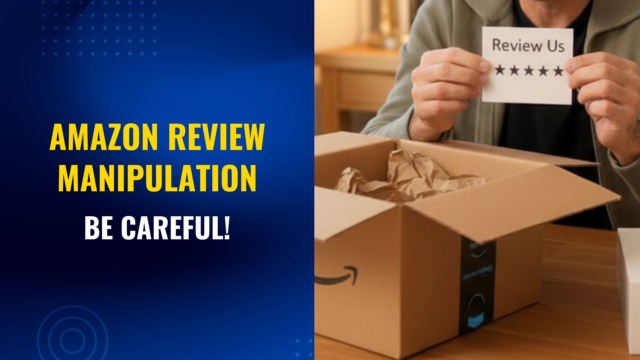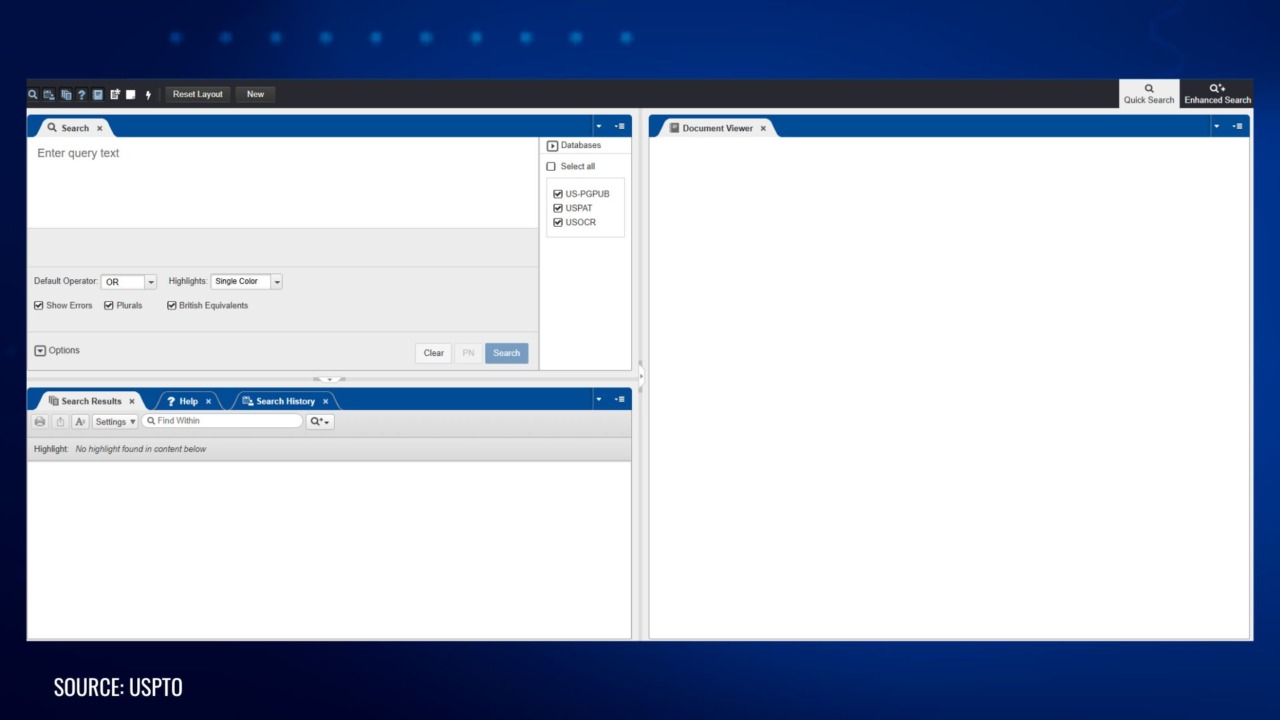
Book a FREE 15-minute consultation with an expert – Book Now
How to Do a Patent Search and Why It’s Important for Selling Online

If you have an innovative idea or a unique product, filing a patent can protect your invention and create significant competitive advantages. But before investing in the patent application process, conducting a thorough patent search may be a useful tool in understanding the. A proper search helps identify existing patents or published applications that might conflict with or limit the scope of your invention.
This article guides you step-by-step through conducting an effective patent search and explains the importance of professional legal support in this matter.
Understanding Patent Searches
Utility Patent vs. Design Patents
Before starting a patent search, it’s helpful to understand the two primary categories of patents: utility and design. A utility patent covers a useful invention as long as the invention provides some identifiable benefit and is capable of use. The utility patent may cover how the invention looks, how it operates, what it does, and/or how it is constructed. This includes innovations such as mechanical devices, processes, chemical compositions, and manufactured items. Utility patents are generally valid for 20 years from the date of filing.
On the other hand, a design patent focuses solely on aesthetics. It protects the ornamental appearance or design of a product rather than its function. These patents offer protection for 15 years from the date they are granted. In many instances, both design patents and utility patents may apply to your invention. It is important to determine any and all relevant patents by conducting an effective and relevant patent search.
What Exactly is a Patent Search?
A patent search involves examining databases of registered patents and published patent applications to determine if your invention is novel, non-obvious (includes an inventive step), and patentable. The patent search can assist you with identifying relevant references for the purpose of assessing potential infringement issues and evaluating the originality of your idea against existing inventions, known as prior art.
Why Do You Need to Perform a Patent Search if You are Selling Online?
Performing a patent search may help reduce the risk of costly infringement lawsuits by identifying existing patents. It also assesses whether your invention meets the criteria for novelty and non-obviousness, enabling you to refine and strengthen your patent application prior to filing. Additionally, understanding the existing patent landscape can guide your business decisions and competitive strategies.

Steps to Conducting an Effective Patent Search
Step 1: Clearly Define Your Invention
Clearly defining your invention before starting your search is crucial. Describe the core novel features, functionality, unique attributes, alternative versions, and the relevant industry-specific terminology. Defining these aspects helps in identifying relevant search terms and classifications.
Step 2: Identify Appropriate Patent Classification Systems
Patent offices classify patents according to specific systems such as the Cooperative Patent Classification (CPC) or International Patent Classification (IPC). Identifying relevant classifications can significantly streamline your search by categorizing similar inventions and technologies.
Step 3: Choose and Search Patent Databases Systematically
Use credible and comprehensive databases:
- USPTO Patent Database: Essential for US patents.
- Espacenet: Extensive international patent data.
- Google Patents: User-friendly and covers multiple jurisdictions.
- WIPO PatentScope: Access global patents through the World Intellectual Property Organization.
Combine keyword searches, inventor and assignee name searches, and classification codes. Employ Boolean operators (AND, OR, NOT) to refine results effectively.
Step 4: Review Non-Patent Literature
A thorough search should also include non-patent literature such as scientific journals, technical standards, industry reports, product manuals, and related documentation. These references are not generally available on patent specific databases and will require some creative internet searching. This helps ensure a comprehensive understanding of prior art beyond patents alone.
Step 5: Analyze and Document Search Results
Speak with a Patent Attorney or Agent to assist with examining patents and literature thoroughly, focusing on claims, abstracts, drawings, and publication dates to identify similarities or conflicts. The analysis should document each finding clearly, noting how your invention differs or improves upon existing references. This documentation will be essential for your patent application.
Common Mistakes to Avoid in Patent Searches for e-Commerce Sellers
One of the most common mistakes in patent searching is over-relying on keywords. Keywords can be vague, outdated, or carry multiple meanings. Here are a few examples that illustrate why keyword searches can be misleading or incomplete:
- Outdated terminology: Searching for “MP3 player” may overlook newer patents that describe similar technologies using terms like “digital audio device” or “portable media player.”
- Vague language: A search for “wearable technology” could return thousands of irrelevant results, from fitness bands to smart clothing, making it hard to filter truly relevant inventions.
- Multiple meanings: The term “drone” might refer to an aerial device, an underwater vehicle, or even a software process depending on context.
- Synonyms: An inventor searching for “water bottle” might miss patents filed under terms like “hydration container” or “fluid dispenser.”
These variations highlight why classification-based searches are essential.
Overlooking international or expired patents, misusing classification codes, or skipping legal input can all weaken your search. For stronger results, pair keywords with classification searches and seek professional guidance when needed.
When and Why to Consult a Patent Attorney
While independent patent searches provide valuable initial insights, a comprehensive search almost always requires professional expertise. Patent attorneys offer in-depth analysis, identifying subtle patentability and infringement issues, guiding the preparation of strong patent applications, and ensuring compliance with legal standards.
If you are seeking thorough patent searches, detailed patentability assessments, and assistance in drafting robust patent applications tailored specifically to your invention, we have the expertise to minimize risks and strategically protect your intellectual property. If you’re serious about protecting your product, it’s important to speak with a patent attorney as early as possible, waiting too long could open the door for someone else to file first.
Your Invention Deserves a Proper Patent Search
Conducting a thorough patent search is an essential step for securing your invention and supporting a successful intellectual property strategy. Whether you start with a preliminary search on your own or go straight to professional help, understanding the complexities of patent searching is key to positioning your invention effectively.
If you have questions or need assistance, you’re welcome to contact us.
Legal Disclaimer: The articles published on our platform are for informational purposes only and do not constitute legal advice in any form. They are not intended to be a substitute for professional legal counsel. For any legal matters, it is essential to consult with us or a qualified attorney who can provide advice tailored to your specific situation. Reliance on any information provided in these articles is solely at your own risk.
Amazon Brand Registry – Discover for Free if You’re Eligible
Increase Your Chance of Getting a
Trademark to 96%
Subscribe to Our Newsletter
Sign up to receive valuable information on E-Commerce and intellectual property

